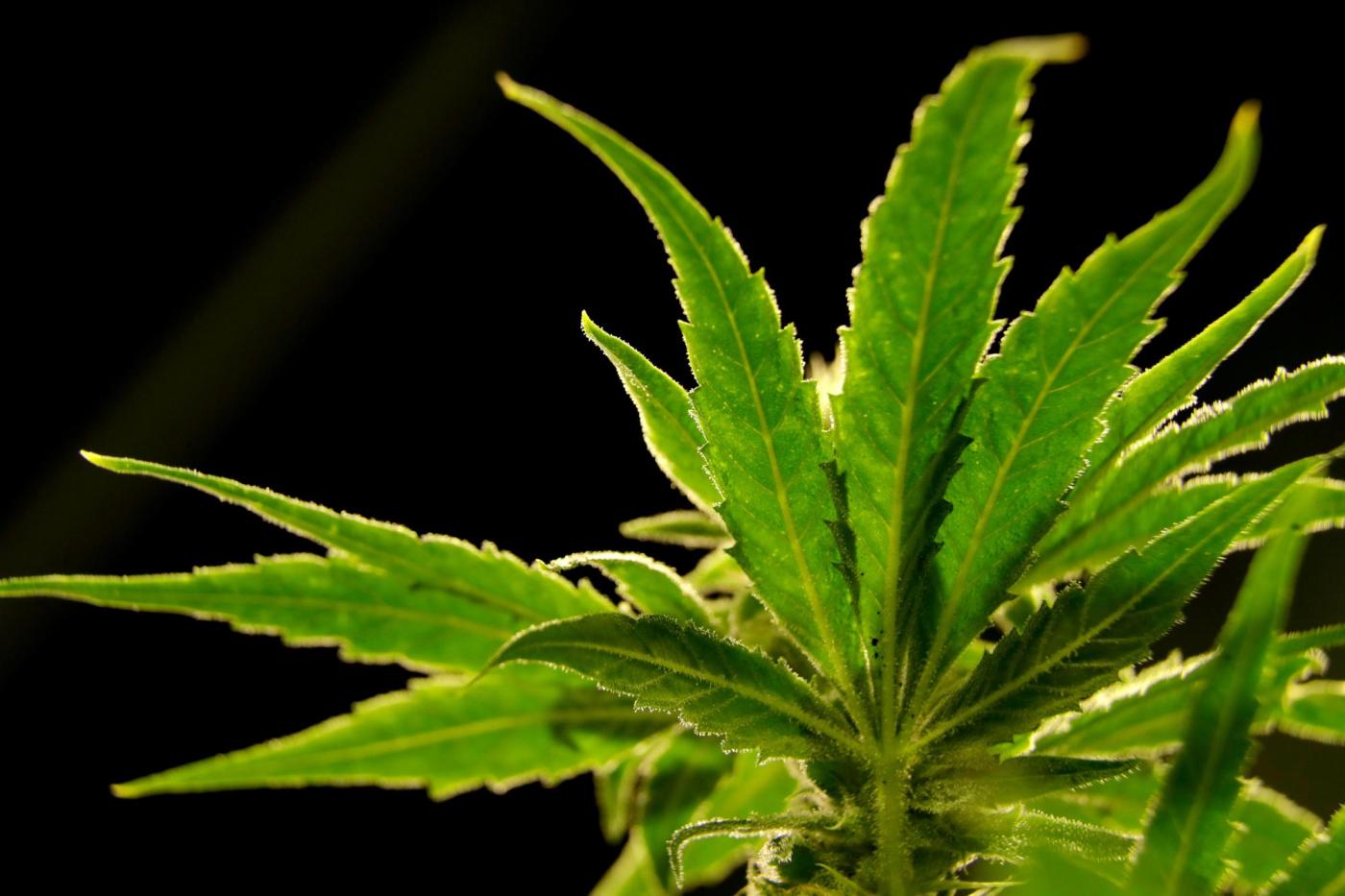
Franklin, Leikin: Today’s potent marijuana is spawning public health dangers that we shouldn’t ignore
In 1964, Bob Dylan reportedly introduced the Beatles to cannabis, a seminal moment in the 60-year campaign to legalize marijuana. Before that, marijuana was hardly a part of mainstream American society, its use primarily associated with artists, bohemians and the so-called urban underclass.
Dylan sang, “Everybody must get stoned,” and the Beatles incorporated drug references in their music, while marijuana, once demonized as “reefer madness,” was touted as essentially harmless, safer than alcohol or tobacco. Six decades later, after a successful campaign and societal acceptance of marijuana, the health dangers are now being recognized.
With more states legalizing marijuana and cannabis shops ubiquitous, marijuana use is rising. Research suggests a 20% increase attributable to recreational legalization. Although the black market is still thriving, retail sales now exceed $30 billion annually, and government’s long-anticipated tax revenues are materializing. However, this comes at an increasingly high public health price.
The marijuana of 2024 is not your grandfather’s marijuana. The development of indoor hydroponics — plant cultivation in a nutrient-laden solution — and other agronomy advances have enabled growers to increase the concentration of the psychoactive ingredient in cannabis plants, tetrahydrocannabinol, or THC. THC concentration can be 10 times or more greater than in the marijuana Dylan sold to the Beatles. Today’s highs are higher and often more frequent.
This includes in the workplace, where the overall drug test positivity rate in 2022 was at its highest in 20 years, and on the highway, where many states that legalized recreational cannabis have seen a rise in fatal accidents involving THC. THC increases impairment in drivers — not as much as alcohol, but the combined effect of both is especially dangerous, far greater than either alone.
Related Articles
Patrick Tuohey: Rent control and financial assistance fail to address housing supply crisis
Other voices: Trump’s win? A repudiation of the chattering classes
Tirana Hassan: What Venezuela’s turn away from democracy means for US migration
Tyler Cowen: AI’s effect on the US economy will be wildly uneven
Nila Bala: The risks of sharing your DNA with online companies aren’t a future concern. They’re here now
Other health effects in chronic users have emerged, including severe cardiac problems and pulmonary disorders, especially in those vaping. Psychiatric problems — marked anxiety or panic attacks progressing to temporary psychosis and even schizophrenia-like psychotic illness — are presenting more frequently in emergency rooms. Cannabis addiction, once believed to be rare, is now a growing problem.
Especially concerning is a relatively new condition recently described in The New York Times, known as cannabinoid hyperemesis syndrome, or CHS. Several million people may be suffering from CHS as the result of heavy cannabis use, presenting in patients as nausea, vomiting and pain. In severe cases, CHS can cause extreme weight loss, organ failure and, on occasion, death. There remains no effective treatment or cure.
Since 2000, there has been a sharp increase in pediatric cannabis calls to the nation’s poison centers. Children 10 years old and younger who unintentionally consume edibles are particularly susceptible to heart and lung complications. Teenagers often combine cannabis use with other substance use and can suffer neurologic and psychiatric aftereffects.
An article of faith with advocates of legal recreational marijuana has been that the drug is safer than tobacco or alcohol. Stronger marijuana means this equation is no longer that simple. Tobacco is an extremely dangerous and addictive drug, killing several hundred thousand people annually through its cumulative long-term effects on millions of smokers. Except for its addiction potential, tobacco is relatively inconsequential in terms of short-term harm. Alcohol, also potentially addictive, has significant long-term and short-term dangers, such as motor vehicle accidents in the case of the latter. Most people can use marijuana in moderation without problems, but there is not yet adequate information about the millions using marijuana for decades to truly compare its long-term health effects with those of alcohol or tobacco.
America has a cyclical love-hate relationship with drugs, and there are unanticipated consequences to society’s approach to any drug. As historian Ian Tyrrell noted about Prohibition, “Each drug subject to restrictions needs to be carefully investigated in terms of its conditions of production, its value to an illicit trade, the ability to conceal the substance, and its effects on both the individual and society at large.”
Recriminalization of marijuana is neither wise nor practical, but there are things that can be done:
— Government screening, reporting and labeling of THC strength and purity, including establishing potency concentration caps and identifying contaminants.
— Realistic drug education for parents and schoolchildren.
— Mandatory investigation of any toxic exposure to cannabis by children younger than 10 and banning edibles in pastry or candy form.
— A concerted approach to identify the role of cannabis in motor vehicle and workplace accidents, as well as cannabis as a contributing cause of death.
— Retention of cannabis analysis in occupational drug testing programs.
— Not overpromoting medical benefits of cannabis, for which indications are currently limited.
— Leveraging drug courts and the criminal justice system with the aim of providing drug treatment, job training and stable housing to prevent the stigma of arrest records for low-level dealers or recreational users who run afoul of the law.
— Limiting cannabis dispensaries to providing cannabis for adult recreational use or medical use — but not both.
— Improving treatment access for individuals, especially adolescents, with cannabis use disorder.
— High alert by law enforcement for the influx of illicit synthetic cannabis with extremely high potency.
The tax revenue generated by cannabis, while alluring to politicians, may not cover the costs of the emerging medical problems created. Cannabis legalization and acceptance have brought us to a brave new world, in the sense of how William Shakespeare first coined the phrase — a world of naive innocence, rather than a hoped-for utopia.
Dr. Cory Franklin is a retired intensive care physician and the author of “The COVID Diaries 2020-2024: Anatomy of a Contagion As It Happened.” Dr. Jerrold B. Leikin is a medical toxicologist and adjunct professor at UI Health at the University of Illinois at Chicago. They wrote this column for the Chicago Tribune.


